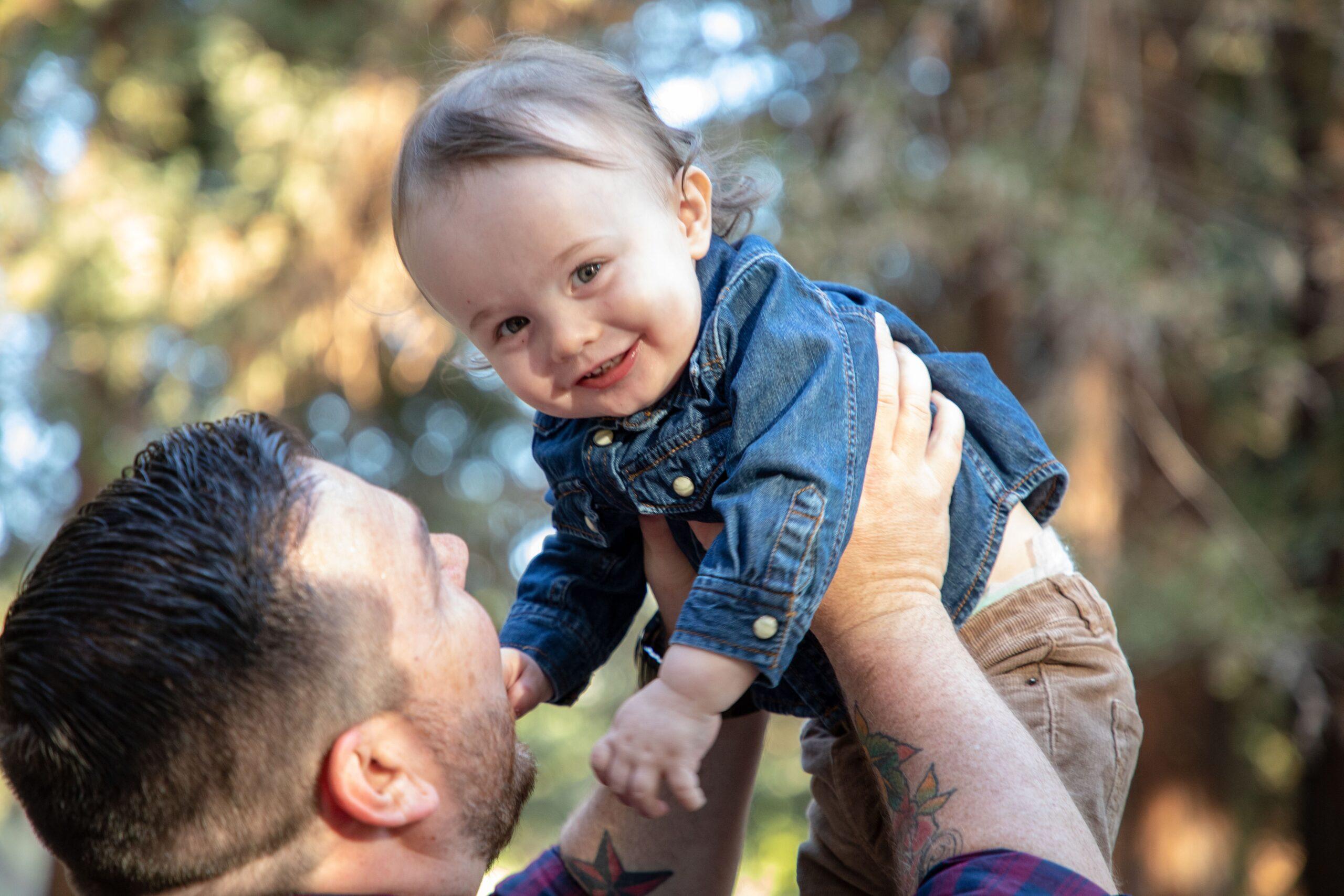The birth of a baby brings happiness and joy to a growing family. While the baby cries, the tears are usually relieved with food, a clean diaper or a nap. Within a few months after birth, however, a baby begins drooling, fussing and crying for no apparent reason. What happened to that sweet little baby? The answer for your baby’s change in behavior is likely teething.
Some parents breeze through the teething process with their sanity intact and a jovial toothy toddler grinning at them. For the rest of us, though, teething can be a time of whiny, clingy, irritable babies who no longer sleep through the night and don’t want to eat. Fortunately, there are ways to improve a baby’s reaction to teething. By following a few basic steps to ease a teething baby’s pain and symptoms, teething can be a tolerable time for you and your baby.
Early Signs of Teething
Teething starts as early as 2 months, with the front top or bottom teeth usually being the first to appear. Before teeth are actually visible, your baby should show early signs of teething. Drooling, interrupted sleep, a change in appetite, fussiness, biting and low-grade fever are all signs your baby might be getting a tooth. The gum area may be red or swollen where the first tooth will appear.
You may also notice that teething babies put just about anything in their mouths and start chomping away. Fingers, toes, toys, crib side rails and blankets are all fair game for a teething baby. Teething continues into toddlerhood when the last teeth to arrive are the two-year molars, which are the farthest back in the mouth.
Managing Teething Pain
Gentle Pressure
Teething pain can be managed in a variety of ways. A simple and by far the cheapest method to ease teething is by using gentle pressure with your fingers. Rubbing the baby’s gums with clean fingers may alleviate the pain, as well as coax a tooth to break through the gums. Remember to always wash your hands first to keep your baby as healthy as possible.
Teething Toys
When your fingers are occupied, giving the baby teething toys to bite on is helpful. Teething rings are great when refrigerated; the coolness decreases pain and swelling. If you don’t have a teething ring handy, offer a damp and cool washcloth.
Acetaminophen and Ibuprofen
Acetaminophen (Tylenol) and ibuprofen (Motrin or Advil) also serve as wonderful options in relieving teething pain. Acetaminophen is known as the best choice of medicine for children’s early months of teething. When children are over the age of 6 months, ibuprofen can be used to relieve pain. “Pain relievers like ibuprofen or acetaminophen can be helpful for a very fussy teething baby,” says Lisa Bickford, a pediatric pharmacist. “I almost always recommend a non-medicinal course of treatment first or as an adjunct to giving a pain reliever.”
Many parents wonder which is the better choice, acetaminophen or ibuprofen, as they both are reliable medications. Bickford says both have advantages. Acetaminophen, she explains, is not associated with an upset stomach. But, ibuprofen has been proven to work faster and longer than acetaminophen.
Orajel
Orajel is a topical numbing agent that can temporarily relieve pain directly from the surface of the gums. Although effective, “the short-acting numbing ingredient, benzocaine, gets quickly washed off of the gums by saliva so any relief is very short lived,” says Bickford. “More concerning for me is the potential for the medication to get to the throat and cause numbness there too, which could possibly lead to a choking issue.” In other words, use Orajel cautiously, and watch your baby’s reaction before giving any food or drink.
Hyland’s Teething Tablets
Teething tablets from Hyland’s are a popular alternative for treating teething pain. An abundance of moms praise the tablets’ effectiveness. While Bickford’s experience with the tablets is limited, Hyland’s have been safely used by millions of children for more than 60 years. The tablets are homeopathic, meaning the drugs are diluted down to a minuscule amount. As the FDA regulates homeopathic products, they must conform with many standards, such as cleanliness and consistency in product. Children tend to like the little dissolvable sweet tablets that assist in lessening teething pain.
Feeding During Teething
During this stage of teething, your child probably has tooth pain as well as a variety of other symptoms. Perhaps you have noticed that your baby’s eating habits have changed. This is because it becomes painful for a teething child to breast or bottle feed. They may refuse some feedings, cry during feedings or bite to try to comfort their pain as they eat.
To encourage your little one through feedings, attempt to use a pain management method before starting a feeding. This should aid in getting your child through meals.
Managing Drool and Rash
Teething also brings a constant flow of drool. Try to keep your child’s chin and shirts dry. Having a continuously wet face and neck can lead to a rash. Let your baby wear a bib during playtime and change the bib whenever it gets wet. Make a habit of drying your child’s face with the bib when necessary to keep your child’s chin rash-free.
Comforting Your Teething Child
While a baby is fussy, irritable and clingy, the ideal thing to do as a parent is to spend more time with the child. When kids are in pain or sick, their reaction is the same; they seek comfort in the ones they love and trust most: mom and dad. Spend more time holding and comforting your teething child.
Similar to feedings, sleep is often interrupted while a child is teething. When a teething child awakes in pain, it is usually with a louder panicked cry than the child’s normal middle-of-the-night cry. Such a child needs extra soothing to get through the wee hours. To nurture your child in sleeping through the night, offer pain soothing methods before bedtime. For babies waking up many times a night, try administering acetaminophen or ibuprofen before bed.
Teething may seem to last forever. But rest assured, it will pass. In the meantime, aim to make the teething process more tolerable by curbing your child’s symptoms. Allow your child to chew to get the much-needed pressure on gums. Treat the pain with medication if it seems uncontrollable, and spend increased time holding and comforting your baby. This may be a difficult stage in parenting. Yet, like every other stage, you will cherish these moments in your baby’s life.





